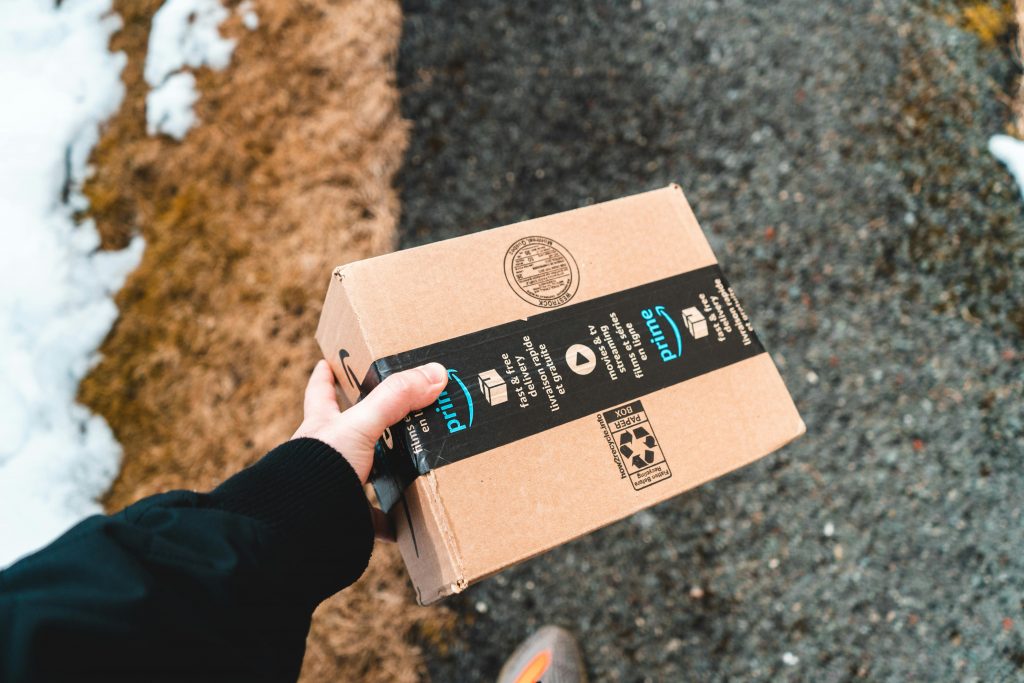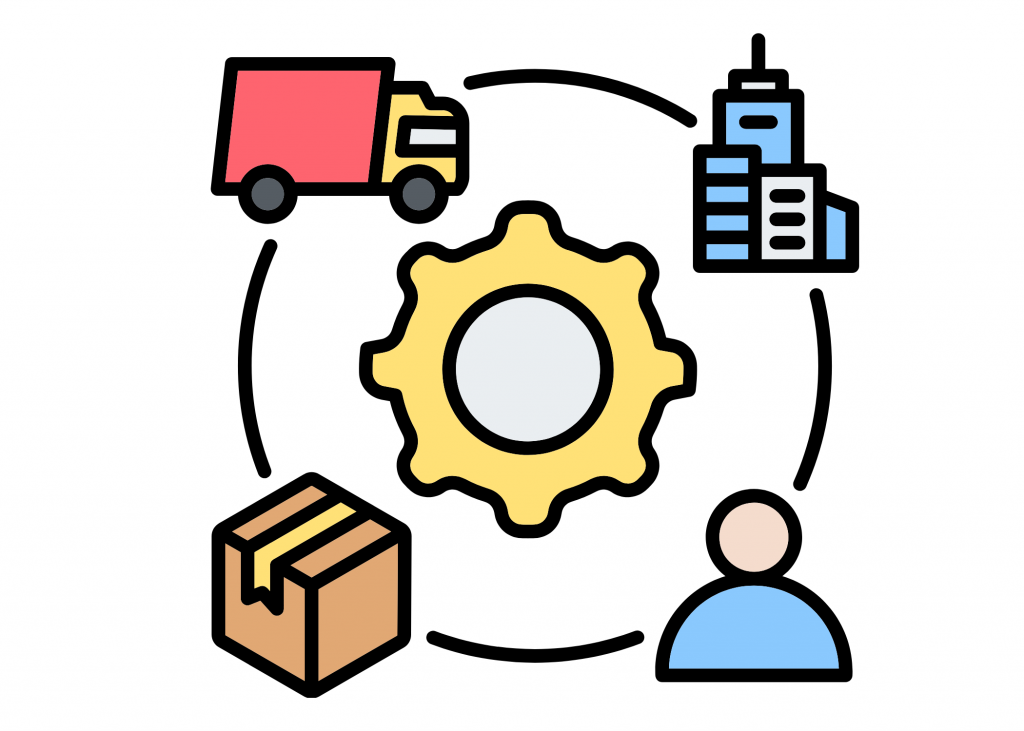
Why Amazon sellers are increasingly switching to Fulfilled by Merchant (FBM)
Amazon has long been the dominant force in e-commerce, offering sellers two primary fulfillment methods: FBA (Fulfillment by Amazon) and FBM (Fulfillment by Merchant). While FBA has traditionally been the preferred choice due to its scalability, Prime eligibility, and hands-off logistics, a growing number of sellers are now shifting toward FBM.
Why is this happening?
From rising costs and operational risks to changes in customer expectations and Amazon’s own evolving policies, the FBM model is becoming increasingly attractive to savvy sellers seeking more control, profitability, and flexibility.
1. Rising FBA Fees Are Cutting Into Profit Margins
One of the biggest reasons for the migration to FBM is the consistent increase in FBA fees over the years.
Amazon has raised costs in several areas:
Fulfillment fees based on size and weight
Storage fees, especially during Q4 (October to December)
Aged inventory surcharges for items stored longer than 180 days
Returns processing fees
Inventory disposal and removal fees
These cost increases can severely reduce profit margins, particularly for:
Low-priced products
Bulky or heavy items
Slow-moving inventory
By switching to FBM, sellers can control shipping and storage expenses, often fulfilling orders more economically—especially if they already have warehousing capabilities.
2. Greater Control Over Fulfillment and Inventory
With FBA, Amazon owns the entire customer experience. This includes how your products are stored, packed, shipped, and even how returns are handled. While this convenience is valuable, it comes at the cost of control.
FBM gives sellers:
Control over packaging and branding
Freedom to set handling time
Fewer issues with stranded inventory or lost items
Better oversight of stock levels and inventory movement
Sellers who want to provide a unique customer experience, customize packaging, or retain full control over their logistics often find FBM far more appealing.
3. Increasing FBA Check-In Delays and Operational Risks
Over the past few years, Amazon’s fulfillment centers have become more congested, especially during peak seasons. As a result:
Inventory check-in times can be delayed by weeks
Stock-outs become more common, affecting Buy Box wins and revenue
Restocking limits restrict how much inventory you can send to Amazon warehouses
FBM sellers avoid this bottleneck entirely, maintaining consistent availability and avoiding downtime due to inbound delays. This is especially critical for sellers who operate in competitive niches or rely on fast inventory turnover.
4. Returns Abuse and Product Damage
FBA returns are often automatic, and Amazon tends to side with customers, even in cases of fraud or abuse. Furthermore:
Amazon may refund buyers immediately, then fail to return the product to the seller
Items returned in damaged or unsellable condition are often labeled as unsellable, with no reimbursement
FBA products are sometimes mishandled or improperly packaged, leading to damage in transit
In contrast, FBM sellers handle their own returns and inspections, giving them the ability to:
Evaluate returned products
Decide whether to restock or refurbish
Minimize loss through better return policies
This control over the returns process can significantly reduce product losses and unnecessary costs.
5. FBM Is More Profitable for Certain Products
FBA works best for small, lightweight, high-turnover products. But for some products, FBA fees can be disproportionately high, making FBM the more profitable route. These include:
Oversized products
Low-margin goods
Custom or made-to-order products
Seasonal items
Sellers who use FBM can negotiate bulk shipping rates, choose slower or cheaper shipping methods, and manage their profit margins more strategically.
In many cases, FBM sellers use third-party logistics (3PL) providers to scale operations while maintaining lower costs than FBA.
6. Amazon’s Policy Shifts and Seller Restrictions
Amazon frequently updates its policies and fee structures—often with little notice. FBA sellers are vulnerable to these unpredictable changes, including:
Storage limits that change based on IPI scores
Fee surges during peak seasons or warehouse congestion
Product restrictions or gating without warning
Account suspensions due to FBA issues beyond the seller’s control
FBM sellers are less exposed to these risks. They retain full operational independence and are not affected by Amazon’s internal warehouse constraints.
This stability and autonomy are becoming more valuable in an increasingly complex selling environment.
7. Smoother Multichannel Selling
FBA limits your ability to sell on other platforms, like:
Shopify
eBay
Walmart
Etsy
While Amazon offers Multi-Channel Fulfillment (MCF), it often comes with:
Higher fulfillment fees
Slower shipping for non-Amazon orders
Branded Amazon packaging (bad for brand identity)
FBM enables seamless integration with multiple sales channels, allowing sellers to:
Build and protect their brand identity
Diversify income sources
Maintain consistent packaging and customer service across platforms
This flexibility is a major reason experienced e-commerce entrepreneurs favor FBM.
8. FBM Sellers Still Win the Buy Box
Contrary to popular belief, FBM sellers can still win the Buy Box, especially if:
They offer competitive pricing
Maintain strong performance metrics (shipping speed, order defect rate)
Use Seller-Fulfilled Prime (SFP)
Seller-Fulfilled Prime allows FBM sellers to display the Prime badge on listings—without using FBA. While SFP has strict requirements, it gives high-performing sellers the best of both worlds: Prime eligibility and fulfillment control.
9. Better for Building a Brand
Amazon FBA is largely a white-label platform—the customer buys from “Amazon” in their eyes. With FBM, sellers have more room to differentiate their business and build loyalty by:
Customizing packaging
Including marketing inserts
Providing personalized customer service
For long-term brand building, especially if the seller plans to expand outside of Amazon, FBM provides more visibility, brand recall, and customer data.
10. Shift Toward Hybrid Models
It’s worth noting that many successful sellers now use a hybrid fulfillment model:
Use FBA for fast-moving, small items
Use FBM for large, seasonal, or low-margin items
This approach provides maximum flexibility, cost control, and customer satisfaction.
Amazon FBA is still a powerful tool, especially for sellers who want scalability with minimal logistics. However, the growing shift toward FBM is driven by rising costs, reduced control, inventory restrictions, and the increasing need for fulfillment flexibility.
Sellers who prioritize profit margins, brand control, and multichannel strategies are realizing that FBM gives them the freedom and agility they need to thrive—especially in a fast-changing e-commerce landscape.
Whether FBM is right for you depends on your product type, business goals, and operational capacity. But there’s no doubt: FBM is no longer just a fallback option. It’s a strategic choice that’s becoming more popular—and more profitable—for a growing number of Amazon sellers.





